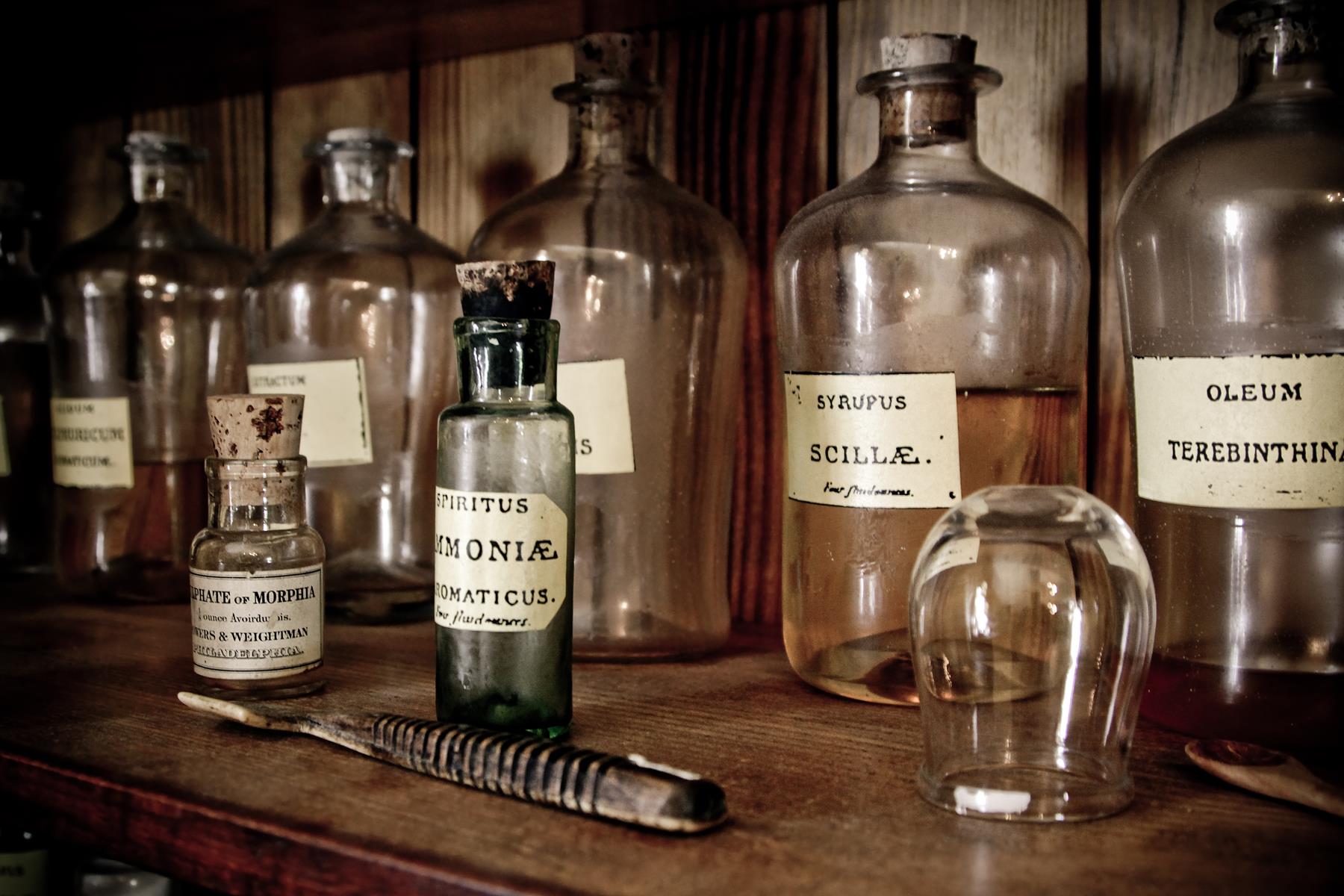

Slave quarters were scattered around the vicinity of the house and there are anecdotal references to a slave graveyard near the spring.īy the outbreak of the Civil War, Endview had passed out of direct ownership of the Harwood family and was purchased by William’s great-grandson Dr. Records show that the Harwood Plantation was home to 15 to 25 slaves during those years. Archaeological data, family stories, census information, tax records, and period maps provide evidence of the African-American presence at Endview. Abandoning tobacco as the staple crop, the Harwood’s shifted to grains, other mixed crops, and cattle.īetween the Revolutionary and Civil Wars, African-Americans made up over half of the population of Warwick County. For 90 years, the farm served as the home of the politically and economically influential Harwood family. Waterview on Mulberry Island was left to son William, III. Harwood’s 1769 structure became the center of what he styled “Harwood Plantation.” When he died in 1795, the large estate was divided with the Endview portion going to son Humphrey.

The area was continually occupied during that period as evidenced by archaeological excavations which have uncovered remains of a post building, a root cellar, as well as numerous domestic artifacts. During the next hundred years, the Harwoods continued to acquire land in what would eventually become Warwick County, passing the estate from father to son through subsequent generations. Captain Harwood had emigrated from England in 1622 and eventually served as the Speaker of the House of Burgesses. By 1635, Captain Thomas Harwood, the grand ancestor of William Harwood, added the Endview lands to his holdings. As the English colonists spread inland, the native population was pushed north and west.


 0 kommentar(er)
0 kommentar(er)
